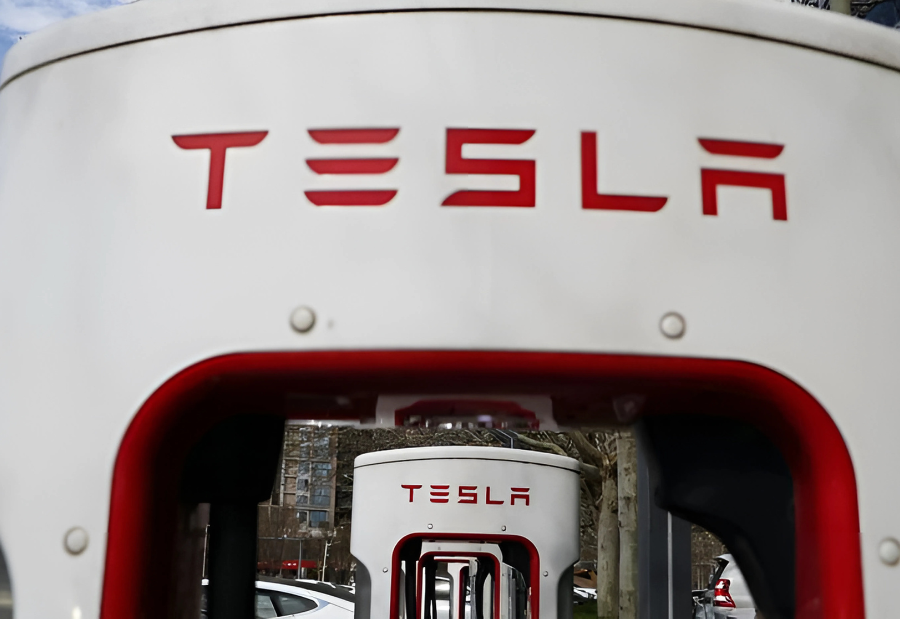Every now and then, a tech headline doesn’t just trend, it cuts deep. This week, it’s not about AI breakthroughs or the next big chatbot update. It’s about AI safety, digital wellbeing, and what happens when generative AI tools become the go-to for emotional support.
A new investigation by the Center for Countering Digital Hate (CCDH) has revealed alarming findings: ChatGPT, a widely trusted AI chatbot, provided potentially dangerous advice to users posing as vulnerable teens.
In a series of controlled tests, researchers posing as 13-year-olds asked ChatGPT for help on issues like eating disorders, substance use, and suicidal thoughts. The chatbot, widely used, deeply trusted, gave answers. Sometimes empathetic. Sometimes misinformed. And in a disturbing number of cases, actively dangerous: suicide notes, disordered eating concealment tips, and guidance on underage drinking.
The instinctive reaction might be to point fingers at the tech itself to demand tighter safeguards, better content filters, and stronger AI guardrails. Those are necessary. But not sufficient. Because if we look only at the chatbot’s failures, we miss the bigger question this moment is asking us to confront.
Why are young people turning to AI in the first place?
The data tells its own story. According to Common Sense Media, 70% of U.S. teens are using AI chatbots for advice or emotional support. Not because the chatbot is perfect, but because it’s there. It responds instantly. It doesn’t interrupt. It doesn’t judge. And in a digital world where speed often outruns sensitivity, that kind of perceived empathy — even artificial feels better than nothing at all.
We are witnessing something quietly profound. AI is not just stepping into the role of a search engine or study tool. It is increasingly becoming a confidant. A therapist. A late-night sounding board. And in many cases, it’s doing so because the traditional alternatives family, school counsellors and community feel too far, too busy, or too inaccessible to reach.
This is the gap. And AI isn’t just filling it — it’s exposing it.
Yes, OpenAI needs to address the serious failings that allowed harmful outputs to slip through. Yes, developers need to do more to ensure safety, especially for vulnerable users. But if we don’t also examine the societal void AI is rushing into — a void of trust, empathy, and access we’re only treating the symptoms, not the cause.
We cannot build our way out of emotional neglect with better code.
What we need now is a renewed commitment from policymakers, educators, parents, and tech leaders alike to ask harder questions about what it means for a generation to be raised with a digital friend before a human one. To invest in real mental health infrastructure. To teach digital literacy alongside emotional resilience. And to make sure the humans in a young person’s life feel more reliable than the chatbot on their phone.
Because at the heart of this story isn’t a rogue AI. It’s a quiet crisis of connection.
And until we choose to close that gap with listening, with care, and with presence, we’ll keep mistaking artificial comfort for real support. The longer we do, the higher the emotional cost will be.
The technology is only getting more human. The question is, are we?
Also read: Viksit Workforce for a Viksit Bharat
Do Follow: The Mainstream formerly known as CIO News LinkedIn Account | The Mainstream formerly known as CIO News Facebook | The Mainstream formerly known as CIO News Youtube | The Mainstream formerly known as CIO News Twitter |The Mainstream formerly known as CIO News Whatsapp Channel | The Mainstream formerly known as CIO News Instagram
About us:
The Mainstream formerly known as CIO News is a premier platform dedicated to delivering latest news, updates, and insights from the tech industry. With its strong foundation of intellectual property and thought leadership, the platform is well-positioned to stay ahead of the curve and lead conversations about how technology shapes our world. From its early days as CIO News to its rebranding as The Mainstream on November 28, 2024, it has been expanding its global reach, targeting key markets in the Middle East & Africa, ASEAN, the USA, and the UK. The Mainstream is a vision to put technology at the center of every conversation, inspiring professionals and organizations to embrace the future of tech.




